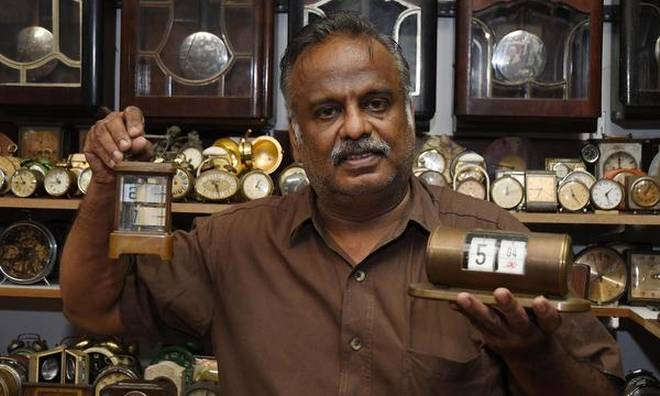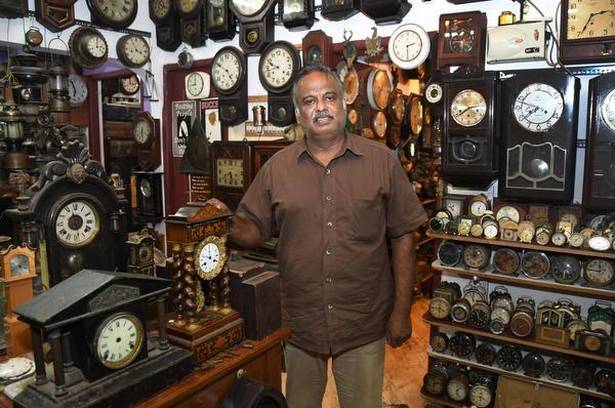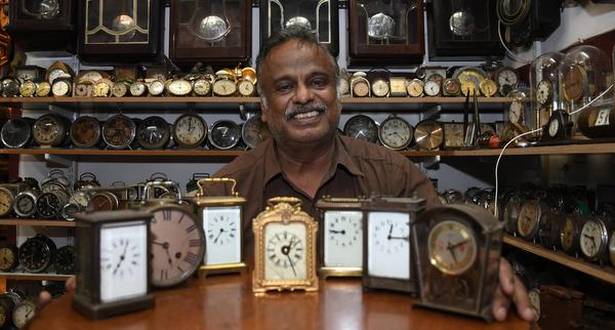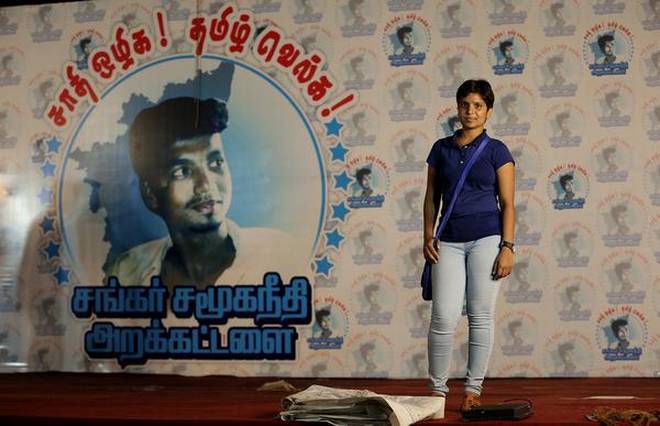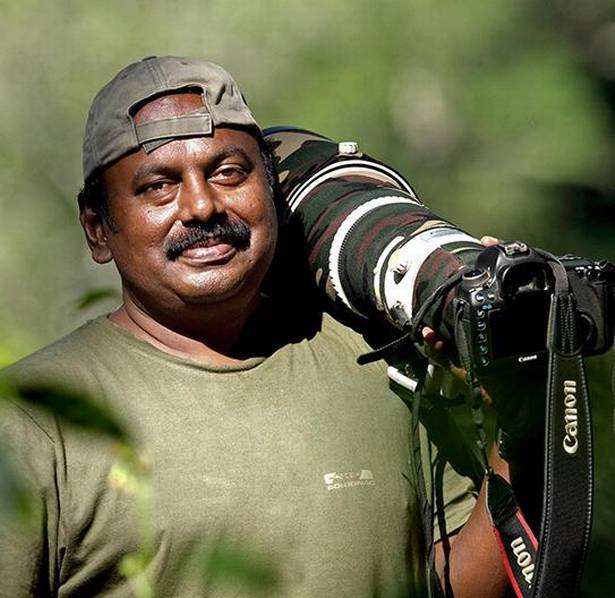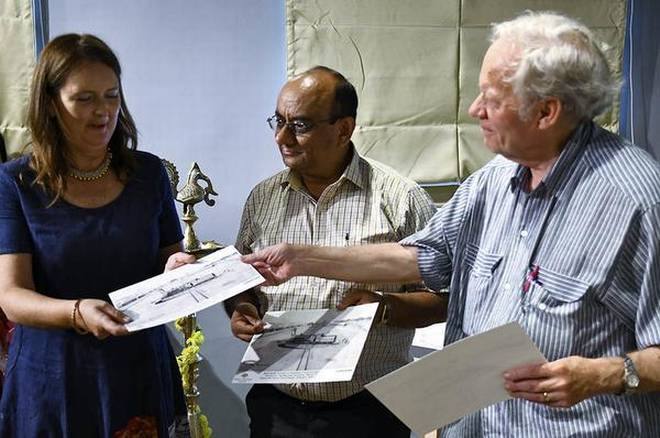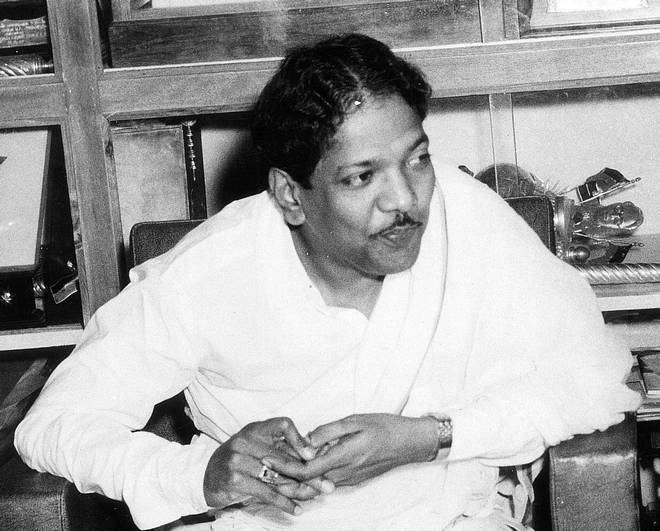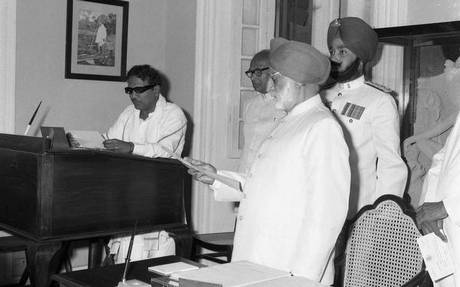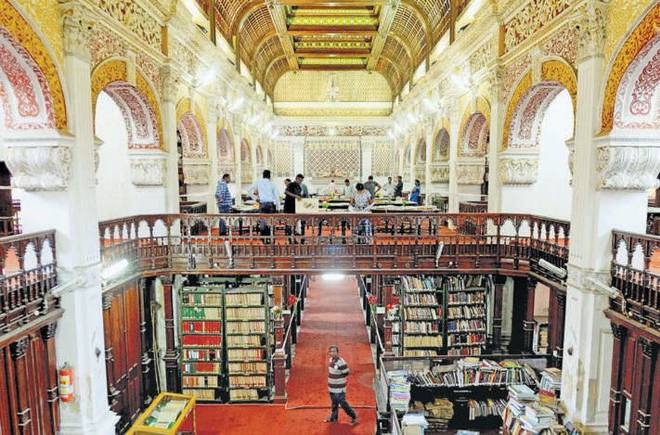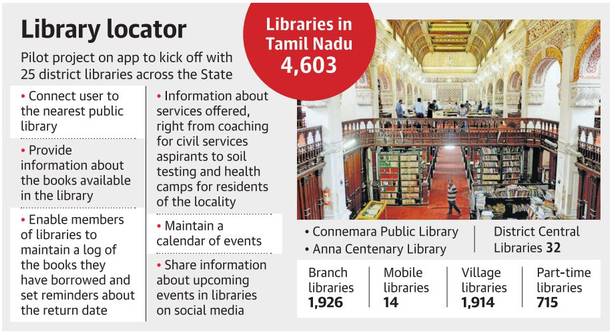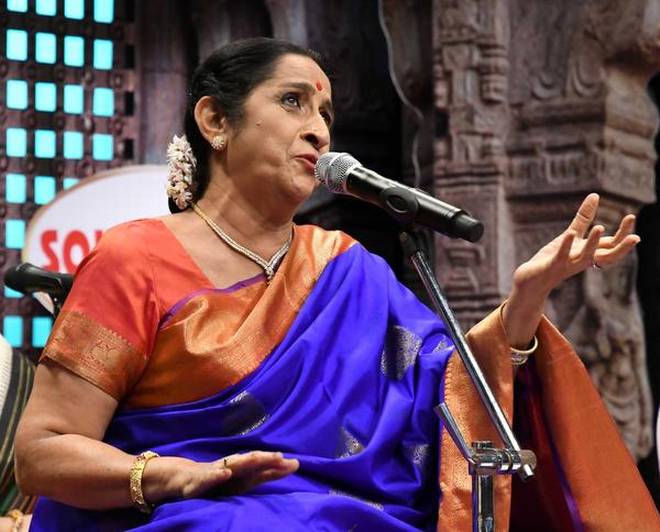How many men does it take to wind 2,200 clocks? A single, if slightly obsessed, one. Peek into Robert Kennedy’s collection of antiques
It’s like a dream, an abstract painting. Clocks are all but spilling out of Robert Kennedy’s compact two-room flat, when he opens the door to a rush of woody scent. On the back of the door, barely visible behind the weights of pendulums, is a poster that reads, “There is never a wrong time to do the right thing”. It’s a philosophy Robert lives by: he’s spent the majority of his 55-year-old life — in between vacations, during work trips, Sundays — roaming about in scrap shops hoping to finding a clock or two.
We sit on the only two chairs in the room, with the faces of each of Robert’s 2,200 clocks staring down at us from the walls. “This one is French,” he says, pointing to an ornate golden brown one. “It was made by Constantine Ditoche, one of the finest clockmakers of France during Napoleon III’s reign.” Robert chanced upon this clock at the house of a Frenchman in Puducherry when he was 24. “He wouldn’t even let me touch it. But when I showed him my own budding collection, he was impressed. He gave that clock to me for ₹1,000,” he says. Today, the clock is worth lakhs.
Rich man’s hobby
Robert, who has been collecting watches since he was 17, is full of stories like these. “You point to any clock and I’ll tell you the story behind it. They’re like my babies.” His fascination began with his grandfather’s Ansonia clock, given to him by the British, that had a red hand for the date — unusual for that time. “My father would always tell me stories about how people would come to our house to see the clock,” he says.
Soon enough, young Robert, growing up in small town Nagercoil, took pride in his possession and wanted more of it. “I collect clocks because they feel alive to me. I can make them run.”
As if to prove his point, he takes me to a 1910 German clock and gives it a half-wind, turning the minute hand that chimes at every quarter. Robert sings in tune along with it, “1, 2, 3, 4…” counting the notes. “When the pendulums were first invented, they didn’t think of adding chimes. Like this one,” he says, pointing to a 280-year-old clock from London, his oldest. Other clocks in his collection include balance wheel marine clocks, weighted wall clocks and the grandfather of flip clocks — Plato clocks.
Antique collection need not be just a rich man’s hobby — Robert is a stellar example. “I found most of my clocks going through scrap and second-hand shops across India,” he says. “So I generally make blind purchases, led only by intuition. About 30% of the clocks I collect are actual scrap, but still, their parts may be of use,” says Robert, who has a network of clocksmiths and watchmakers at his disposal. “I have 300 more clocks in my garage that are in need of spare parts.”
But beyond adding lost parts, Robert doesn’t believe in revamping old clocks. “To me, their charm lies in the peeling paint on the dial. You shouldn’t repaint it, but protect it in the exact state you got it.”
Along his journey, he has stumbled upon many an old watch, coffee grinders, carriage lights, a working steam engine model and even a bicycle with a clock attached. As we move around the flat, he says, “I need more space for all this.”
Living with a hoarder
This is not where he lives: he bought this flat just to keep this collection. In his home a floor below, the sound of parakeets, not clocks, fill the air.
He narrates the bittersweet story of this second flat, “My marriage was almost headed towards a divorce because of these clocks.” Robert’s wife, Teeni, was the one who ended up taking care of the house, and the humongous collection naturally took up a lot of space and made living as well as cleaning difficult.
“I still remember, on our first bus ride home after our marriage, I boasted to her about my clock collection. She just asked me, ‘But why? What do you do with it?’ It’s a question I still don’t have an answer for.”
Eventually, things came to a head and Teeni demanded the collection be kept separately. “It’s not her fault, living with a hoarder can’t be easy, I understand. That’s when I got this flat, in 2007. I may not be the best husband,” he says, shrugging with a tinge of regret, “But I manage the show.”
Robert now wants to open a trust museum for his collection. “I don’t want to hand it over to my children, I want it to be open to the public. My collection is for my nation,” he underlines.
Robert has applied for a Guinness World Record, he can be reached at 9840689408. He will also be giving a talk at TEDxNapierBridge. The event will be held at Museum Theatre, Egmore, on September 16, at 2.30 pm. Tickets can be bought online at bit.ly/pleaseturnover for ₹999. Discount for students. Contact 9790715610 for details.
source: http://www.thehindu.com / The Hindu / Home> Society / by Sweta Akundi / September 12th, 2018
